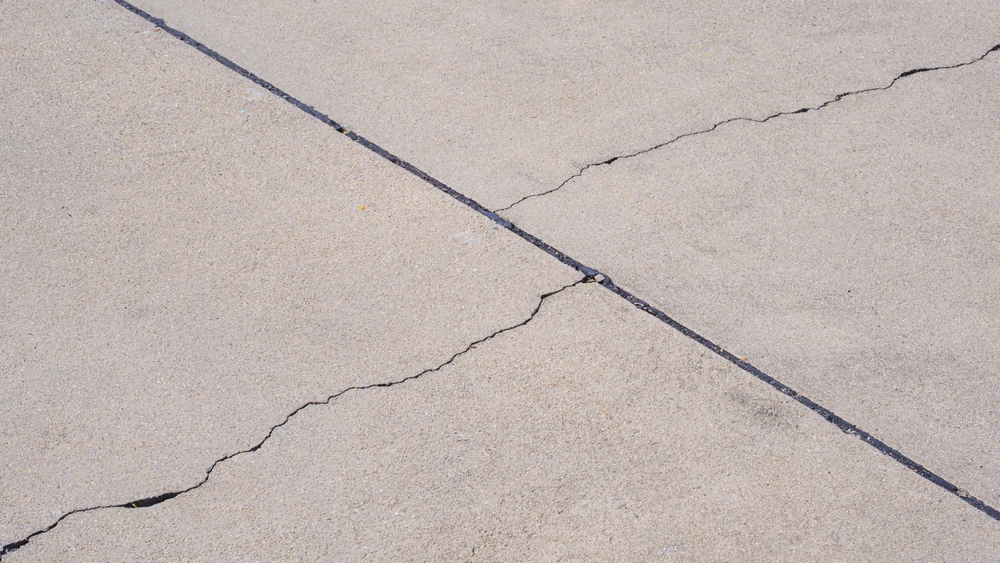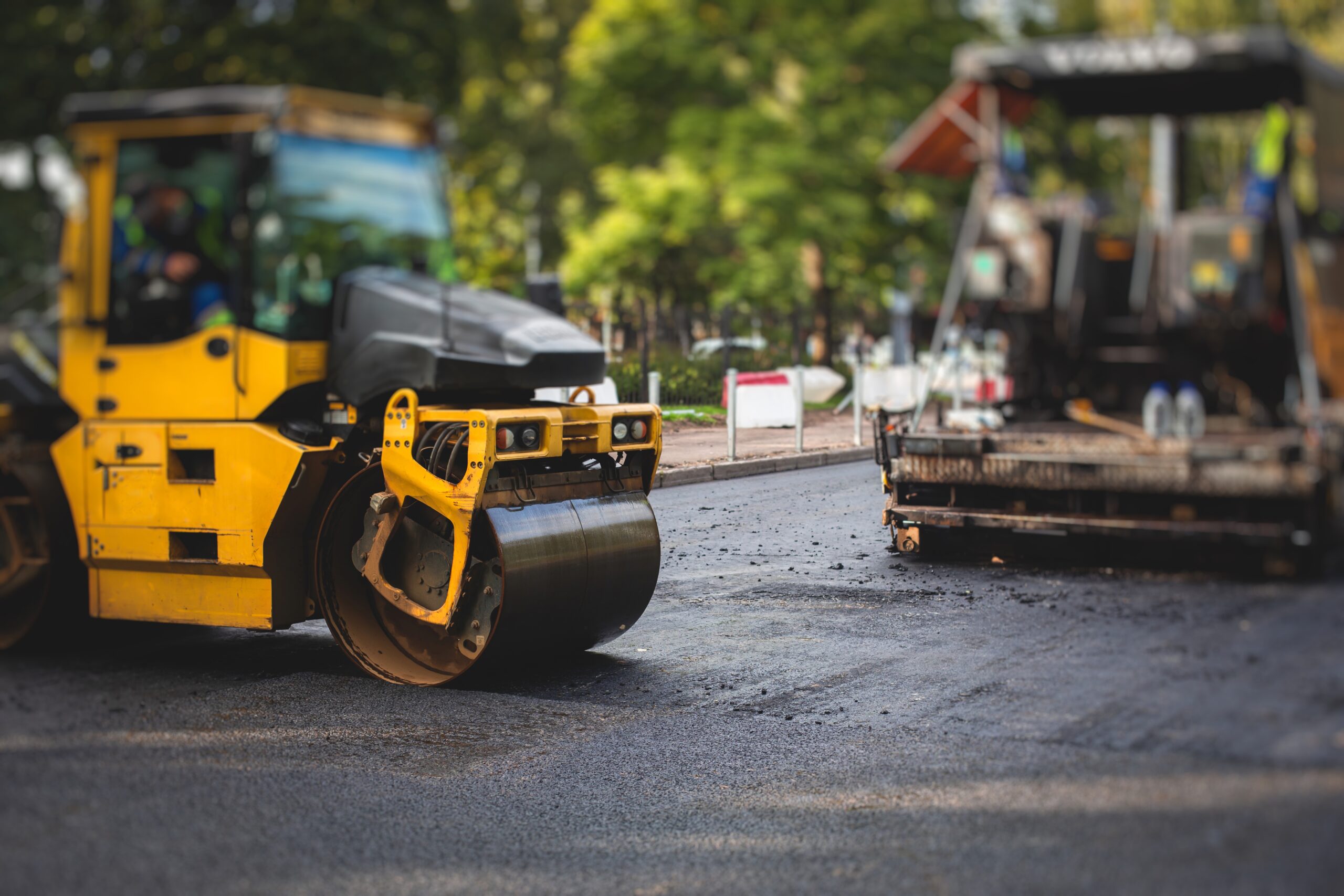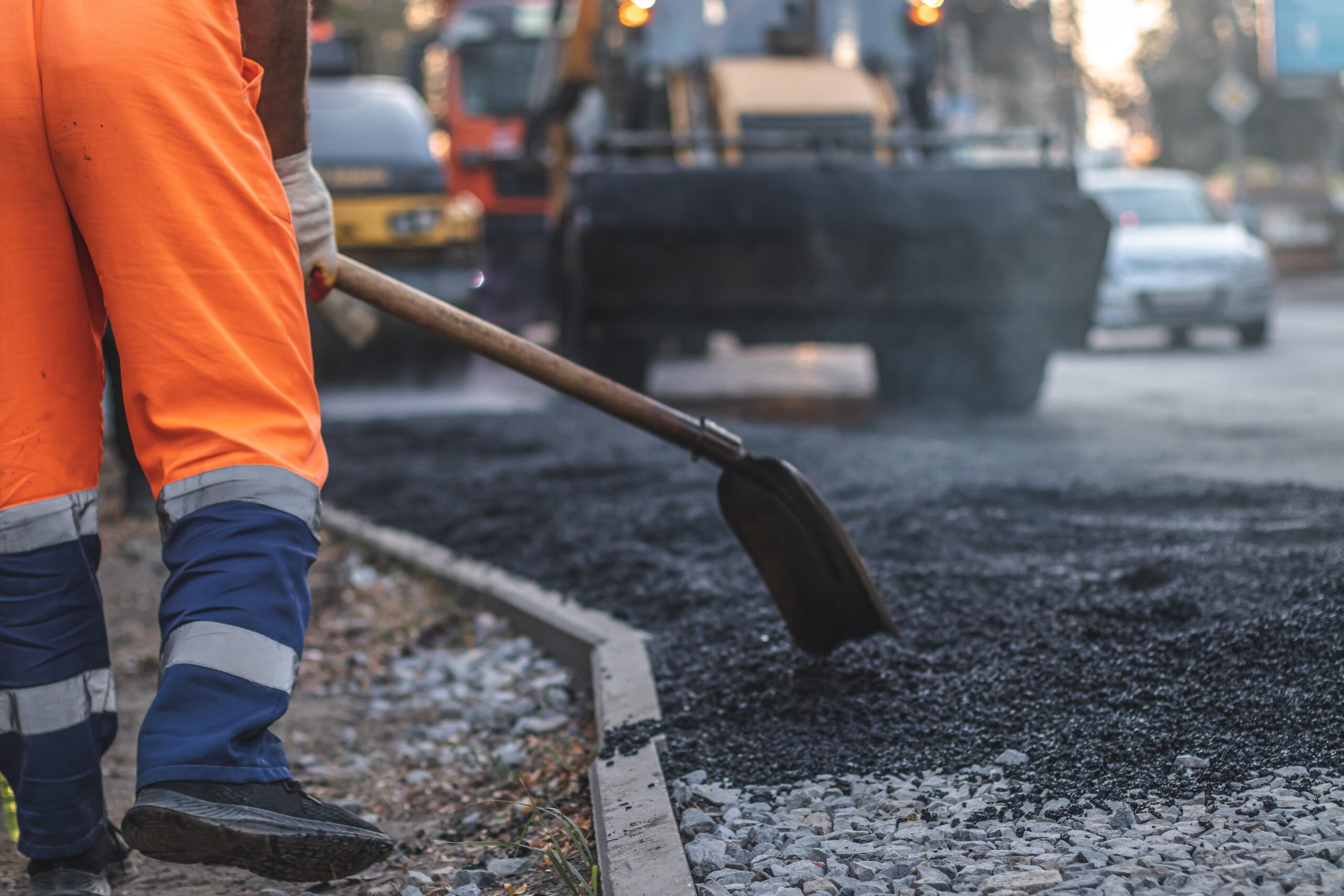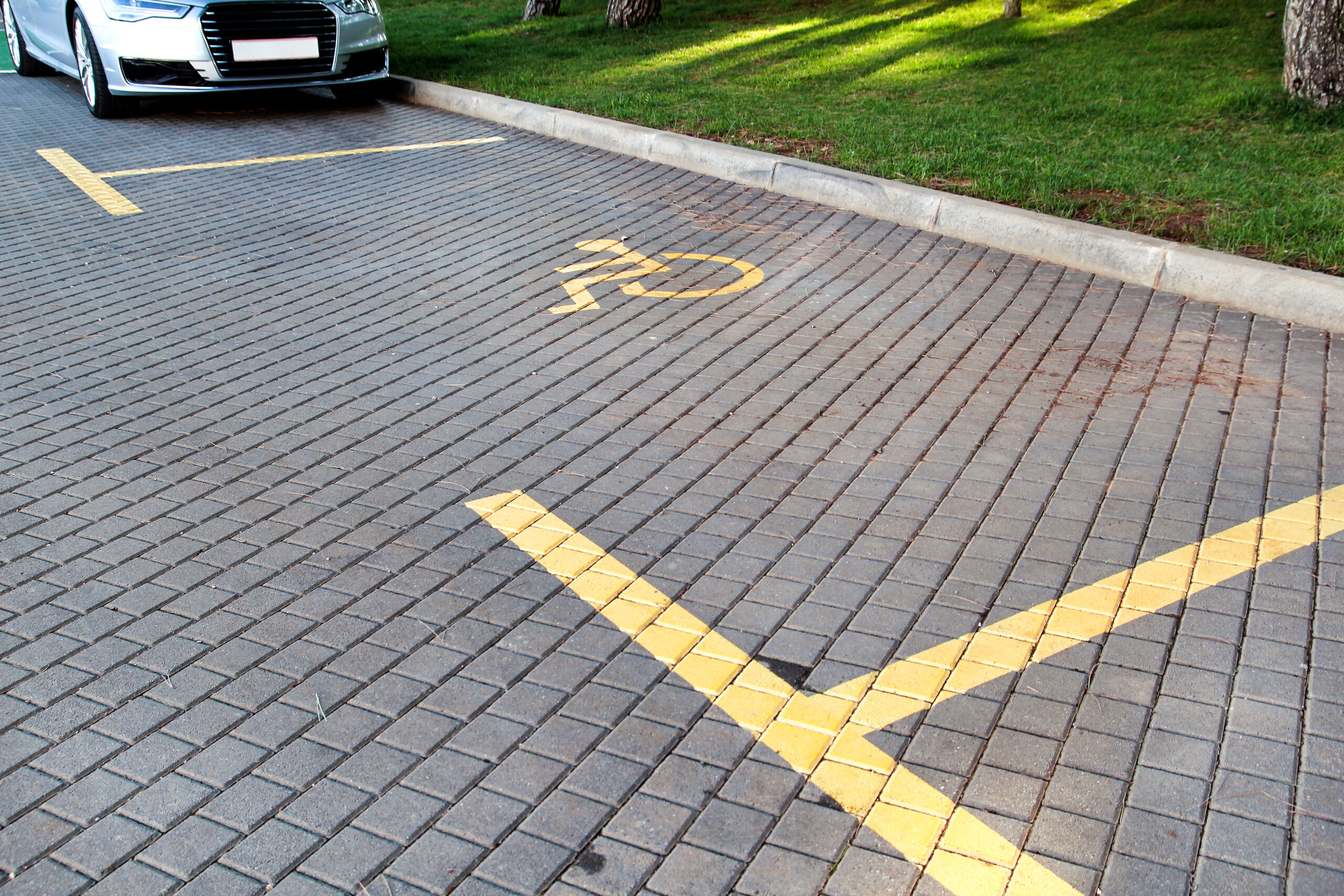
Cracks in your sidewalk might seem like a small issue, but they can quickly turn into big problems. A single crack can trip someone, damage your property’s look, or even lead to costly legal issues if someone gets hurt.
As time goes on, these cracks often grow deeper and wider, making your property unsafe and harder to maintain. Ignoring them doesn’t just hurt curb appeal, it can damage your wallet, too.
The good news? You can stop the damage early and even prevent it from happening again. In this guide, we’ll walk you through the most common causes of sidewalk cracks and share expert-backed methods to repair and protect your sidewalks for the long haul.
Types of Sidewalk Cracks
Understanding the type of crack helps decide the right repair approach.
Hairline Cracks
These are small, shallow cracks that usually appear due to drying shrinkage or weather changes. While they may not seem serious at first, they can grow over time if not addressed.
Settlement Cracks
These cracks occur when the soil underneath the sidewalk shifts or settles. This can make the sidewalk sink unevenly, leading to visible and often dangerous gaps or dips.
Structural Cracks
Structural cracks are deeper and more severe. They often result from poor construction, heavy vehicle loads, or pressure from underground sources such as water pipes or shifting soil.
Expansion Cracks
These cracks form when concrete expands during hot weather. If there’s no space to accommodate the expansion, the sidewalk may crack along the surface.
Tree Root Cracks
Tree roots growing beneath sidewalks push upward, lifting slabs and causing cracks or uneven surfaces that are difficult to walk on.
Common Causes of Sidewalk Cracks
Sidewalk cracks aren’t just an eyesore, they can also pose serious safety risks and negatively impact the value of your property.
Understanding the main causes behind these cracks can help you take preventive measures and avoid costly repairs in the future.
Let’s take a closer look at the factors that typically contribute to sidewalk damage.
Soil Movement and Poor Compaction
Sidewalks need a firm foundation. If the soil wasn’t compacted properly before the concrete was poured, it may shift over time. This movement puts stress on the concrete and leads to cracking.
Tree Root Intrusion
Roots from nearby trees grow toward water and can end up pushing against or under the concrete. This pressure causes sidewalks to buckle or lift.
Freeze-Thaw Cycles
In colder climates, water seeps into tiny sidewalk cracks. When it freezes, the water expands, enlarging the cracks. Over time, this freeze-thaw cycle can cause severe damage.
Heavy Loads
Sidewalks are not meant to carry heavy trucks or machinery. When these heavy loads are placed on sidewalks, they can cause the concrete to crack or collapse.
Poor Construction and Low-Quality Materials
If contractors use subpar materials or don’t follow proper installation steps, the sidewalk can weaken over time. Inadequate curing and uneven surfaces can also result in premature cracking.
How to Fix Sidewalk Cracks
Not all sidewalk cracks need full replacement, many can be repaired quickly with the right method. The best fix depends on the type and size of the crack.
Below are proven ways to repair sidewalk damage and restore a smooth, safe surface.
Concrete Crack Filler
This method is best for small, hairline cracks. First, clean the area to remove debris and dust. Then, apply crack filler with a caulking gun or trowel. Let it dry thoroughly before using the sidewalk again.
Cement Patch
For medium-sized cracks, use a cement patch. Start by removing any loose pieces. Apply a concrete bonding agent to help the patch stick. Then, fill the crack and level the surface for a smooth finish.
Slabjacking or Mudjacking
When sidewalks sink due to soil problems, slabjacking helps. Professionals drill holes into the slab and inject a special mixture underneath. This raises the slab back to its original level.
Concrete Grinding
If tree roots raise part of the slab, grinding is a solution. A grinder smooths out the uneven part, making the sidewalk safer to walk on without full replacement.
Full Slab Replacement
This method is used when the sidewalk has deep cracks or widespread damage. Contractors remove the damaged slab, compact the soil properly, and pour fresh concrete. Curing time ensures the slab is strong and durable.
When to Call Professionals
Sometimes, DIY solutions are not enough. If you notice wide cracks, multiple broken slabs, or unsafe surfaces, call a professional.
Experts like Asphalt Coatings Company offer inspections, advanced repair techniques, and long-lasting results.
How to Prevent Sidewalk Cracks
Preventing cracks is always better, and more affordable, than fixing them later. With smart planning, quality materials, and regular care, you can extend the life of your sidewalks and avoid costly damage.
Here’s how to keep your concrete surfaces crack-free from the start.
Smart Tree Planting
Avoid planting trees too close to concrete sidewalks. Choose slow-growing tree types and use root barriers to guide root growth away from concrete surfaces.
Ensure Good Drainage
Sidewalks should have proper drainage. Use slopes and install drains to keep water from pooling near or under the concrete.
Use Expansion Joints
Expansion joints give concrete space to expand in heat. These joints prevent surface pressure and reduce the chance of cracks forming.
Choose Quality Materials and Skilled Installation
Always use high-quality concrete mixes. Hire experienced contractors who follow best practices, including proper curing and finishing techniques.
Regular Inspections
Inspect sidewalks once a year. Look for small cracks, raised areas, or sinking slabs. Address these early to avoid bigger problems later.
Why Sidewalk Maintenance Matters
Ignoring sidewalk cracks can lead to serious consequences. People may trip and fall, and property owners could be held legally responsible.
Also, damaged sidewalks reduce curb appeal and property value. Regular maintenance is a smart way to protect your investment and keep the area safe through timely sidewalk crack repair.
Frequently Asked Questions
- What’s the best way to fix sidewalk cracks?
Small cracks can be repaired with crack fillers. Larger or deeper damage may need slabjacking or complete replacement, depending on severity.
- How do I stop my sidewalk from cracking again?
Make sure the soil is compacted, use proper materials, add expansion joints, and prevent water accumulation near the slabs.
- What’s the average cost for sidewalk repairs?
The cost to repair a sidewalk can vary significantly based on the extent of the damage.
- Small cracks: $100–$300
- Slabjacking: $500–$800
- Full replacement: $1,000 or more, based on size
- Can small sidewalk cracks be ignored?
No. Even minor cracks can grow over time. Fixing them early prevents costly repairs later and keeps pedestrians safe.
- Can I repair my sidewalk on my own?
Yes, for simple cracks. But for major issues or sunken slabs, hiring professionals for quality and safety is better.
- How do professionals repair sidewalks?
They assess the damage, choose the right method (such as patching, slab jacking, or replacement), and use proper tools and mixes for a long-lasting fix.
Your Next Step to Safer Sidewalks
We’ve repaired many sidewalks over the years, from minor surface cracks to full replacements. The key lesson is this: don’t wait.
Fixing problems early saves money and prevents injury. At Asphalt Coatings Company, we use high-grade materials and proven methods to ensure safe, lasting sidewalks.
Let us help you keep your property attractive, functional, and risk-free. Contact us today for a professional evaluation and expert repair service.



